1. This Is Iran
Iran is full of surprises. From its ancient wonders to hidden quirks of modern life, this country is far more complex and fascinating than you might think.
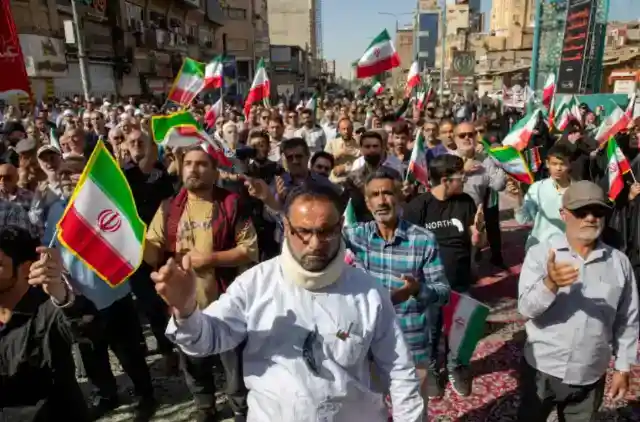
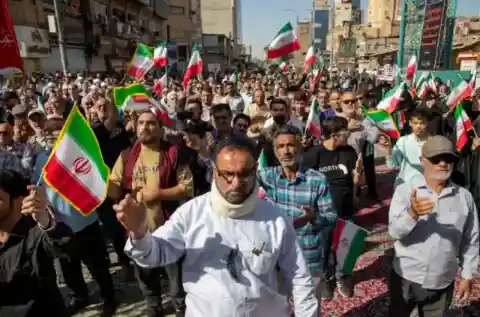
Ready to challenge your assumptions?
2. The Youth Are Running the Show
Over half of Iran's population is under 30, giving it one of the youngest demographics in the Middle East. Young Iranians are increasingly politically active and tech-savvy, pushing boundaries while still respecting tradition.
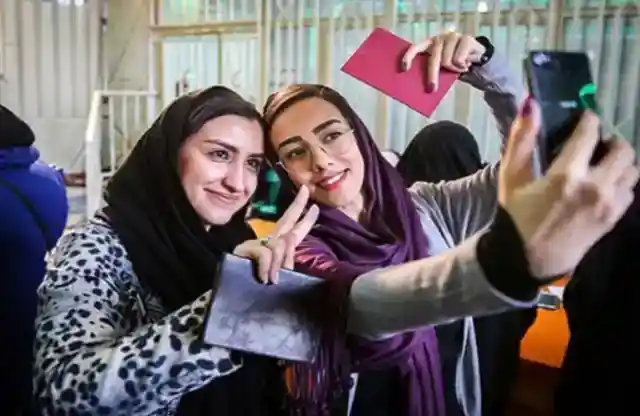
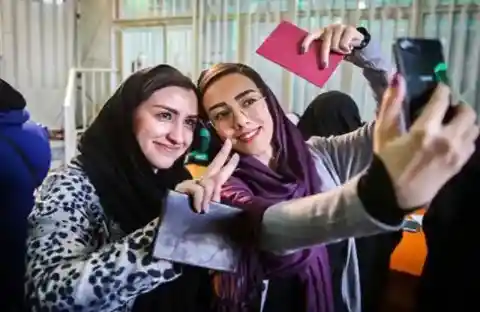
Following the 2009 elections, students led a wave of pro-democracy demonstrations. The youth are not just the future, but they’re reshaping the now.
3. A Marriage That Lasts… An Hour?
Temporary marriages, known as sigheh, can legally last from just an hour to several years. It's a form of relationship approved under Shia Islamic law, especially among younger generations.


These arrangements let people explore companionship without violating religious boundaries. While controversial, it reflects the unique ways Iranian culture adapts modern needs.
4. Carpet Weaving: A Sacred Skill
Iranian carpets are not just beautiful. They’re woven history. This tradition dates back over 2,500 years and represents national pride.
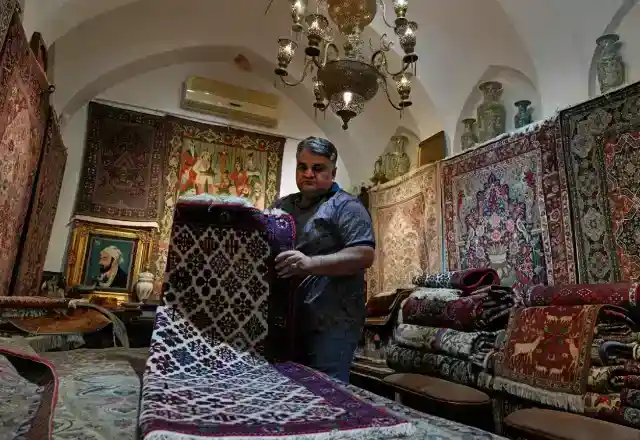
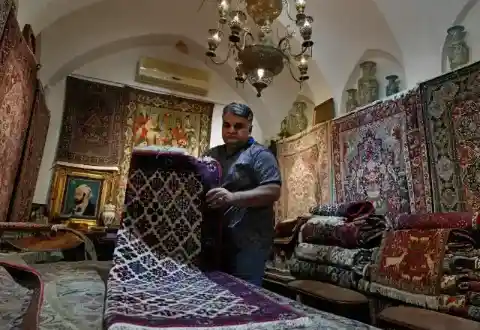
Each hand-knotted rug can take months or even years to complete, with designs passed down through generations. Some believe only God can make a perfect carpet, so artisans always leave a small flaw.
5. Satellite TV? Not So Fast.
Satellite dishes are technically banned in Iran, but you’ll still spot them on rooftops. Many Iranians access banned international content using VPNs and proxy servers.


Despite restrictions, shows like Game of Thrones and Friends have huge underground fan bases. The government is slowly loosening media control, but old habits die hard.
6. Land of the Aryans
The name “Iran” literally means “Land of the Aryans.” Contrary to later misuse in the West, the term originally described the Indo-Iranian peoples' cultural and linguistic roots.
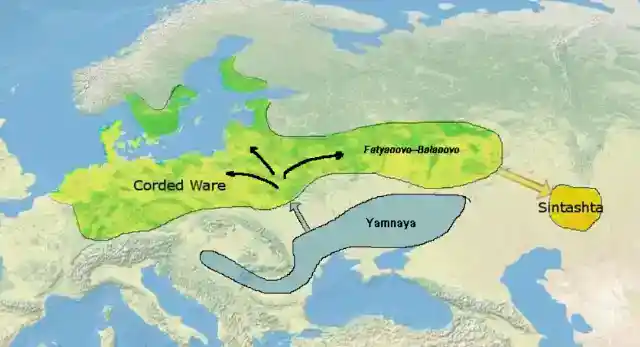
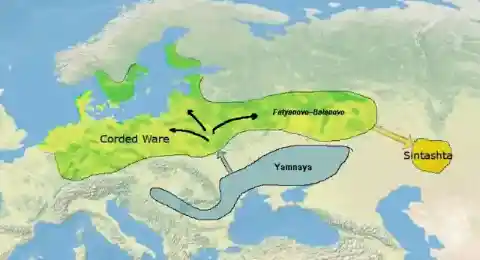
The country was officially renamed from Persia to Iran in 1935. It’s a small detail with a powerful historical legacy.
7. Nose Job Capital of the World
Iran has the highest rate of rhinoplasty surgeries per capita globally. It’s so popular that wearing nose bandages has become a fashion statement, even for those who haven’t gone under the knife.
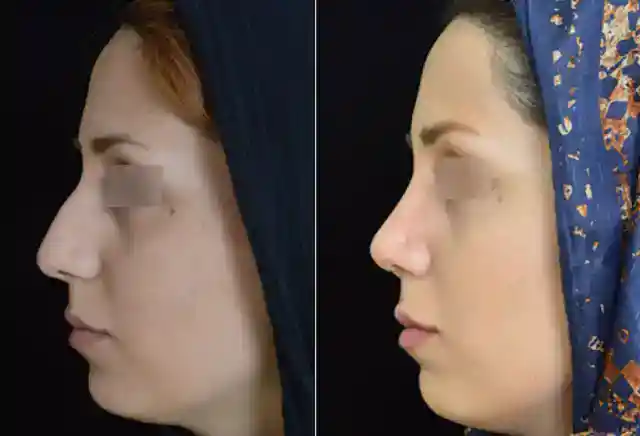
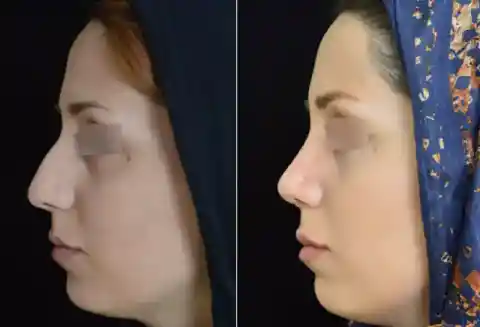
Surgeons are highly skilled, and many come from abroad to train here. For some, a new nose equals a new social identity.
8. Tehran, A City on a Warm Slope
The capital, Tehran, means “warm slope,” a nod to its geographical location on Mount Alborz. Summers can sizzle past 40°C (104°F), while winters are icy cold.
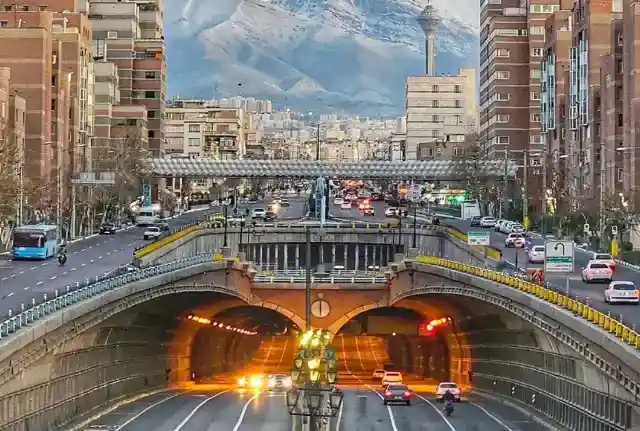

Despite the extremes, it’s Iran’s heart, buzzing with cars, bazaars, and bold dreams. It’s also one of the most polluted cities in the region.
9. The Internet Has Walls
Iran’s internet is like a digital labyrinth. Major platforms like Twitter and Facebook are banned, but about 70% of the population uses VPNs to bypass restrictions.
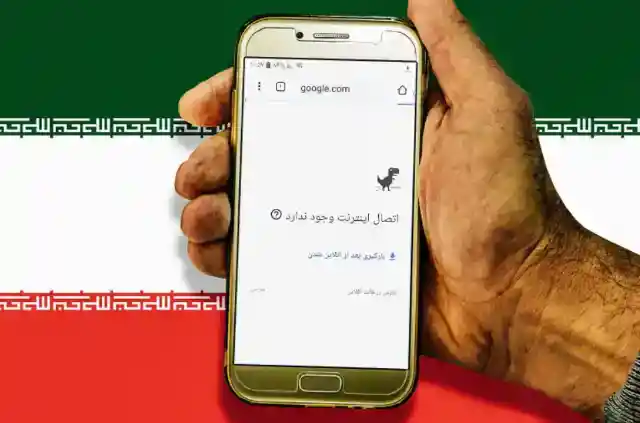
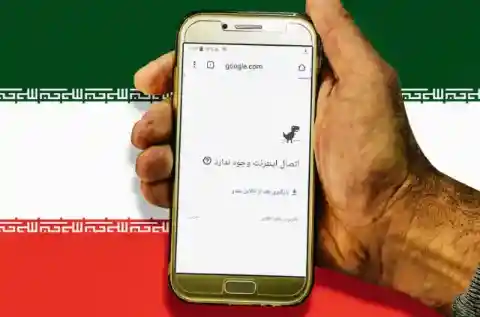
Tech-savvy youth have turned censorship into a digital cat-and-mouse game. Despite limits, Iranians are among the most active online in the region.
10. 2% of the Population Practice Minority Religions
While Iran is a predominantly Shia Muslim nation, religious minorities like Christians, Jews, Zoroastrians, and Baha’is make up about 2% of the population. These communities have lived in Iran for centuries and have shaped its spiritual heritage.
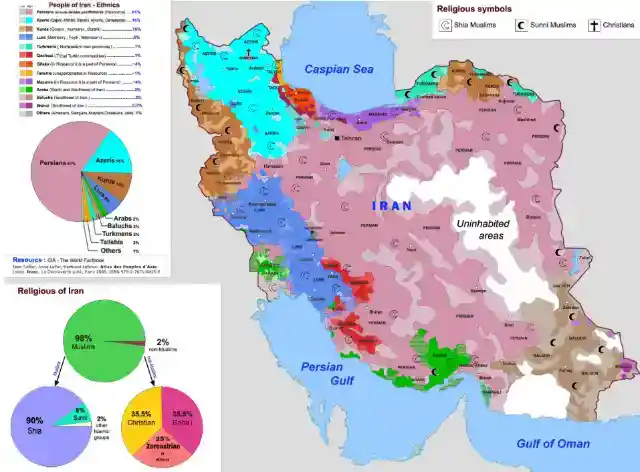
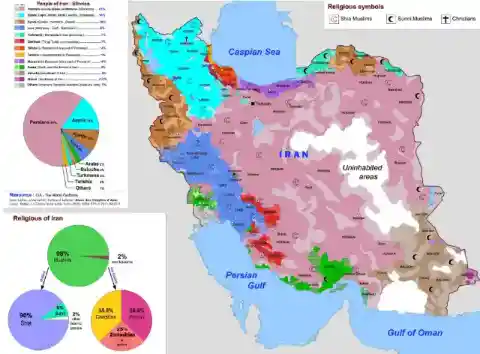
Synagogues, churches, and fire temples still stand proudly across Iranian cities. Religious freedom is complex, but deeply rooted.
11. The Mysterious Persian Cat
The iconic Persian cat hails from Iran’s cold mountain regions. Known for its long silky coat and aristocratic face, it was once a luxury pet for European nobility.
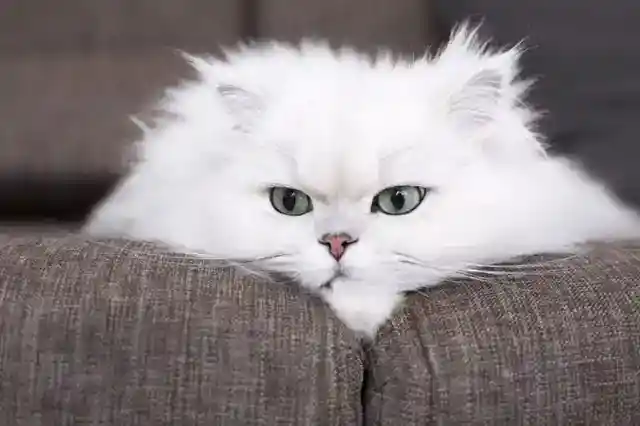

Introduced to the West in the 17th century, the Persian remains one of the most beloved cat breeds. It’s feline royalty, literally.
12. The Giant Carpet That Blew Minds
Iran created the largest handwoven carpet in the world, 5,630 square meters! Made by 1,200 weavers over 18 months, it now lies in the Sheikh Zayed Mosque in Abu Dhabi.
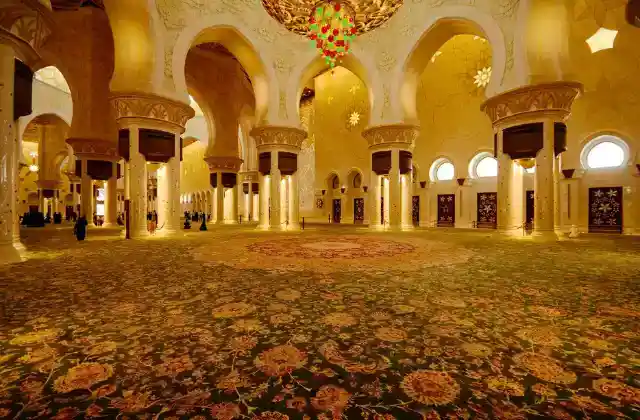
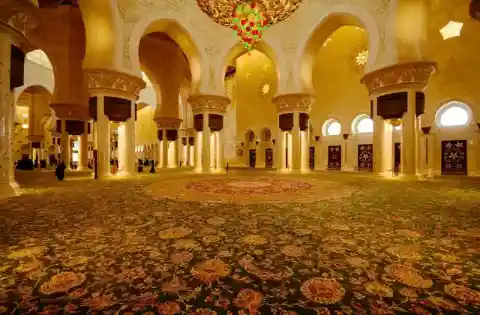
The carpet weighs 12 tons and contains over 2 billion knots. It’s more than floor décor, it’s a cultural monument.
13. A Multilingual Wonderland
While Persian (Farsi) is the official language, Iran is home to dozens of dialects and languages. You’ll hear Kurdish in the west, Azeri in the northwest, and Arabic in the south.
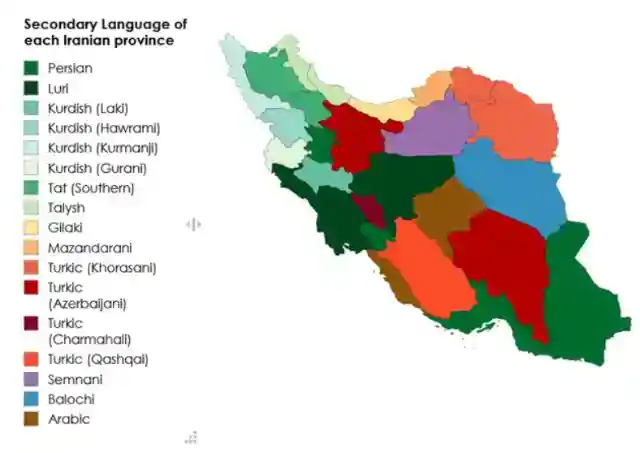
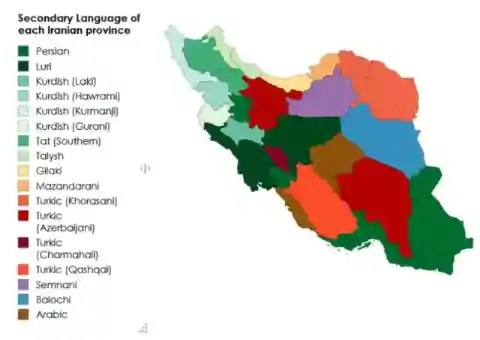
Each ethnic group proudly preserves its linguistic roots. This diversity makes Iran a true linguistic kaleidoscope.
14. Taarof, The Etiquette Game
Taarof is a complex social code rooted in politeness and honor. It involves offering something multiple times before it’s truly accepted or declined.

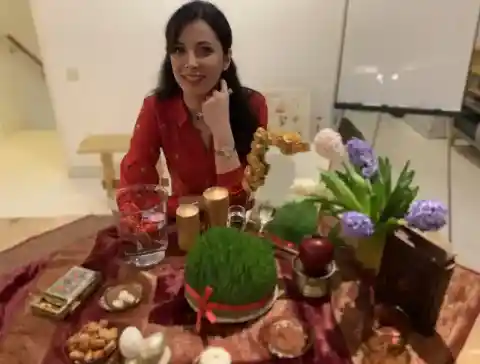
Imagine offering to pay for dinner, knowing your offer will be declined, three times. It's beautiful and baffling all at once.
15. A Culinary Adventure Awaits
Iranian cuisine is as diverse as its geography. Think fragrant saffron rice, stews simmered with herbs and dried limes, and slow-roasted kebabs.
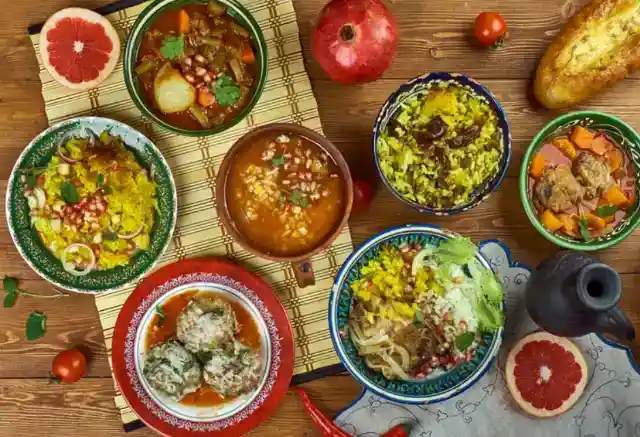
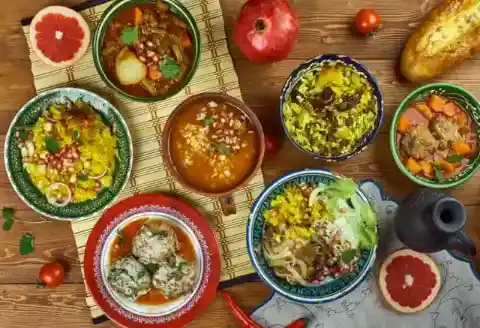
Meals are often capped with a hot cup of black tea and cubes of sugar. It’s a paradise for food lovers with a taste for adventure.
16. You Sit, Not Dine
In many traditional Iranian households, meals are served on the floor. Guests sit cross-legged around a shared spread, eating with their hands or spoons.
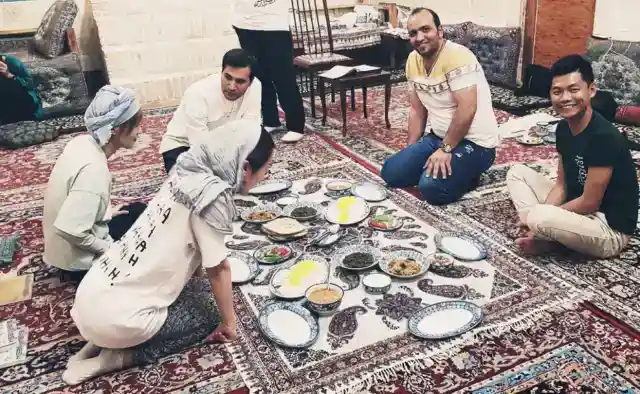
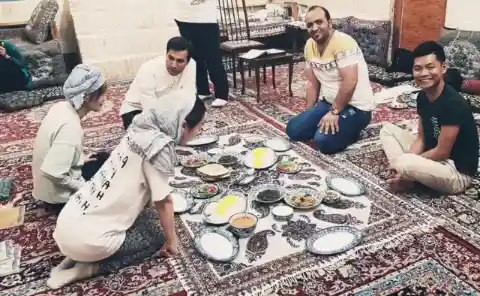
Dining becomes a communal experience, emphasizing unity and gratitude. You’ll rarely see formal dining tables in traditional homes.
17. Say Hello to the Rich Kids of Tehran
The Instagram account @RichKidsofTehran shows a flashy, designer-clad version of Iran the world rarely sees. These young elites post photos of luxury cars, penthouses, and fashion labels.
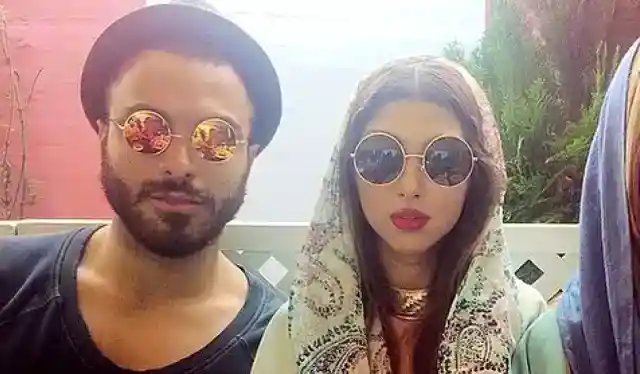
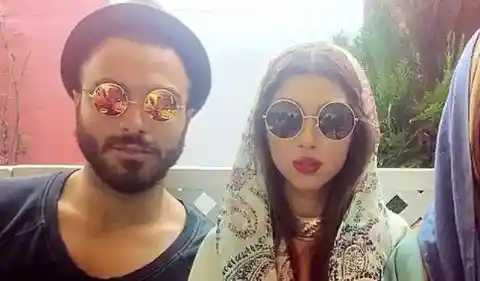
Critics call it shallow, but it offers a glimpse into a society rapidly modernizing. It's like Tehran meets Beverly Hills.
18. The Saffron Kingdom
Iran is the world’s leading producer of saffron, the "red gold" of spices. Over 90% of global saffron comes from Iran’s northeastern fields.
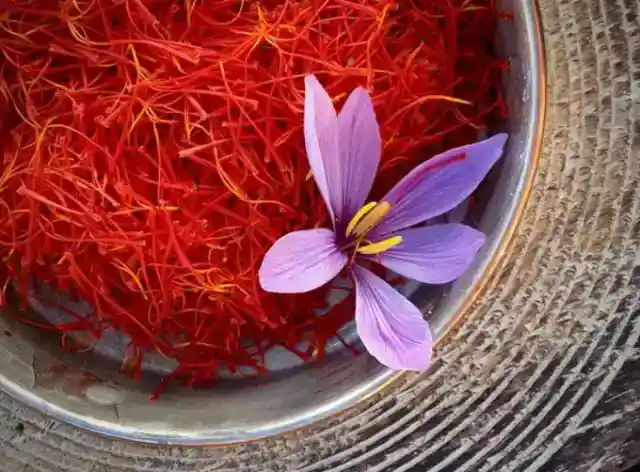
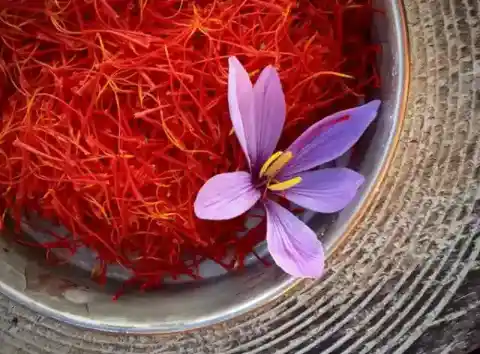
It takes 75,000 saffron blossoms to make a single pound of spice. No wonder it’s worth more than gold per ounce!
19. Home of the World’s Rarest Caviar
The Caspian Sea in northern Iran produces Beluga caviar—one of the world’s priciest delicacies. A single ounce can fetch more than $160.


Iran’s caviar industry remains a global powerhouse, despite sanctions. Luxury, in this case, comes in small, salty bites.
20. An Explorer’s Dream Destination
With over 20 UNESCO World Heritage sites, Iran is a haven for history buffs. From the ruins of Persepolis to the vibrant bazaars of Tabriz, the country offers something for every curious traveler.
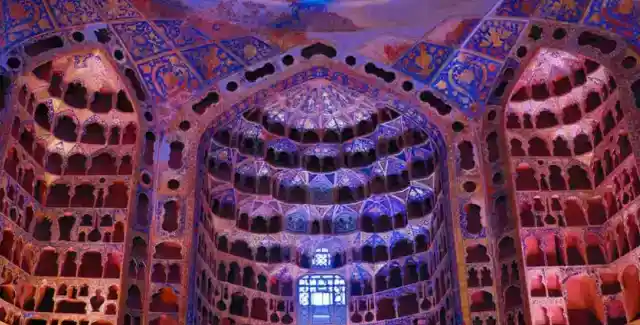
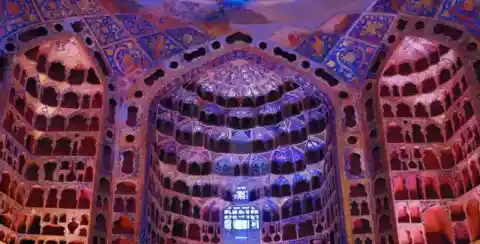
Many sites date back to 1250 BC or earlier. The spirit of ancient Persia is very much alive.
21. A Banned App Doesn’t Mean It’s Gone
Telegram, one of Iran's most-used apps, was officially banned in 2018. But that hasn’t stopped millions from still using it daily.
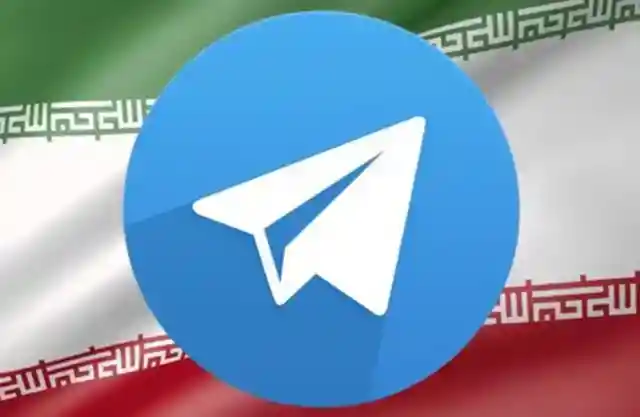
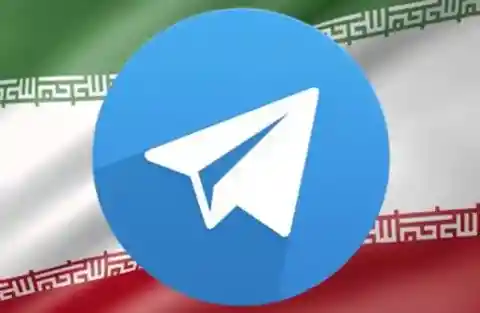
The app is essential for news, activism, and small businesses. Iranians know how to work around the rules.
22. Pastries Over Wine
Iran has a deep love for sweets, partly filling the gap from the country’s ban on alcohol. Rich pastries like sohan and gaz are offered to guests alongside tea.


These treats carry historical recipes dating back centuries. A sugar rush with a side of heritage.
23. Gender Segregation is Common
In public buses, schools, and even sports arenas, gender separation is often enforced. But the younger generation is challenging many of these norms.
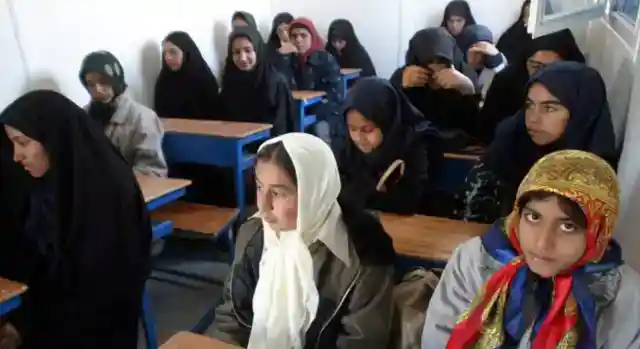

Cultural shifts are happening quietly, but steadily. Iran is a society in transition, balancing tradition with change.
24. The Lost City of Shahr-e Sukhteh
This ancient city in southeastern Iran, also called the “Burnt City,” dates back to 3200 BC. It boasted advanced surgical tools and even had the world’s oldest known artificial eye.
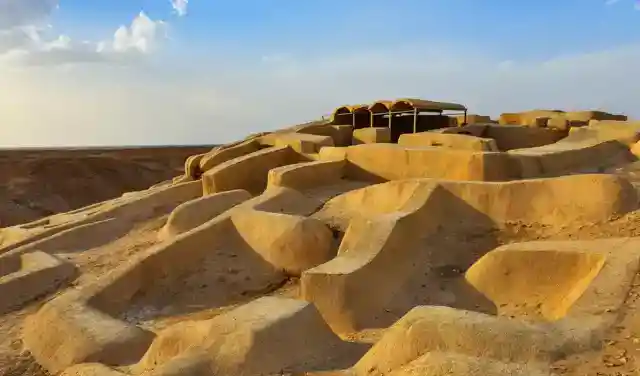
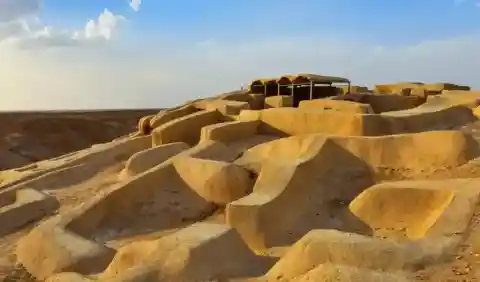
Archaeologists are still baffled by its early sophistication. The past lives on in dust and stone.
25. Wedding Celebrations Can Last for Days
Traditional Iranian weddings are not just a ceremony, they’re a marathon. Celebrations can go on for several days with music, food, and rituals.


From the sugar-grinding ceremony to henna nights, each step is rich with symbolism. Love is definitely worth the wait here.
26. Persian New Year Is Celebrated with Fire
Nowruz, the Persian New Year, marks the first day of spring and has roots in Zoroastrianism. Iranians celebrate by jumping over fire, setting up colorful “haft-seen” tables, and spending time with family.
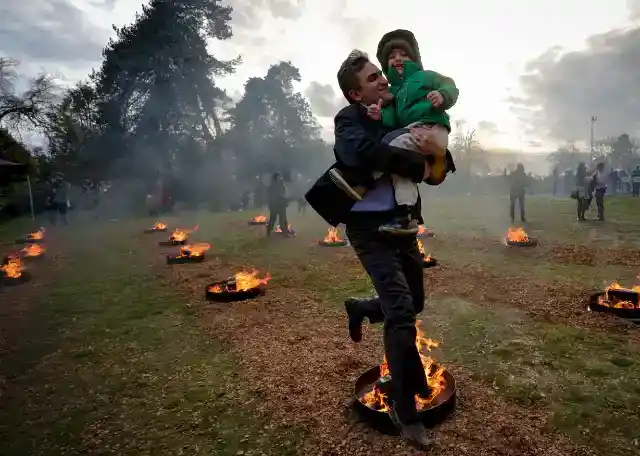
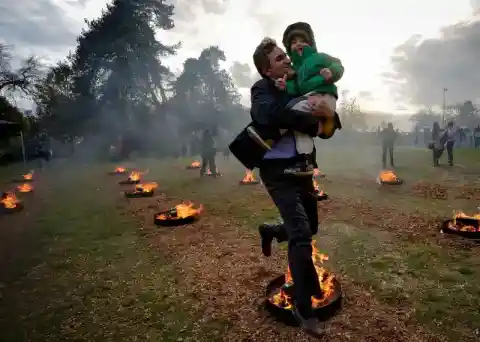
It’s a 13-day celebration of renewal and light. No fireworks necessary, the flames say it all.
27. Hosting is a Sacred Duty
If you're invited to an Iranian home, expect to be treated like royalty. Hosts go out of their way to ensure your comfort, even if it’s at their own expense.
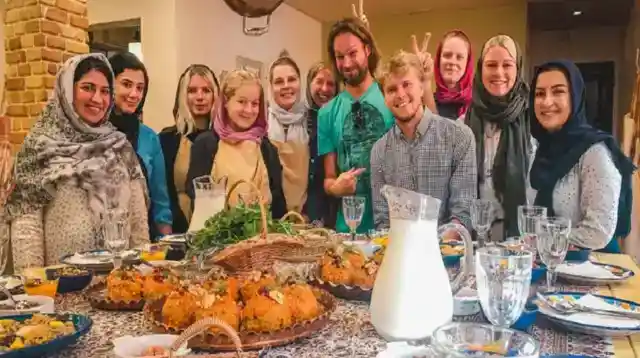
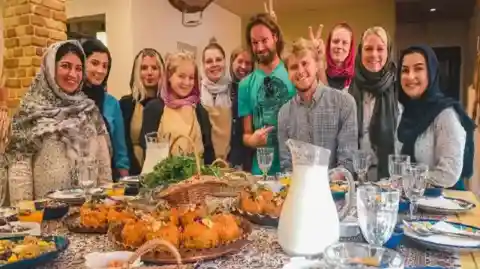
Arrive on time, remove your shoes, and never show up empty-handed. Hospitality here is an art form.
28. Women and Fashion in Iran
Despite the mandatory hijab, Iranian women express personal style through vibrant colors, makeup, and tailored coats.
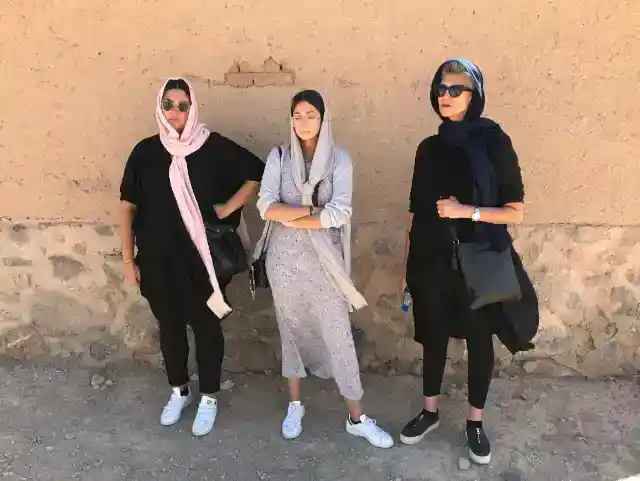
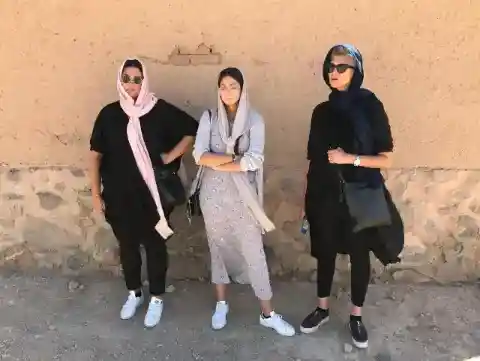
Fashion scenes in Tehran rival European cities in creativity, just a little more subtle. Social media is full of bold looks behind closed doors. Expression always finds a way.
29. Ancient Innovation in Water Engineering
Iran’s qanat system, an underground aqueduct, has been used for over 3,000 years to supply water in arid regions. This ingenious engineering marvel is still in use today.
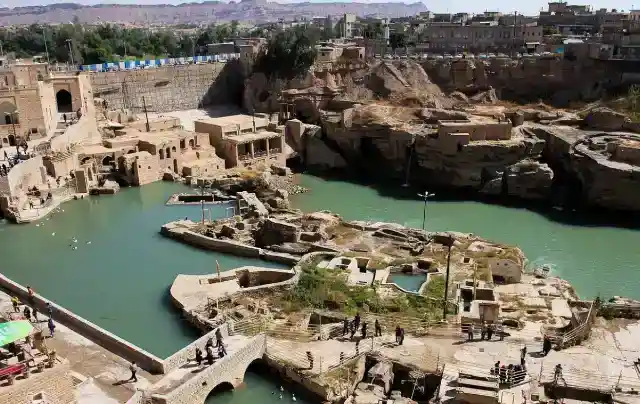

UNESCO recognizes it as a significant contribution to human heritage. Who needs pipes when you’ve got ancient tunnels?
30. Iran, Forever Surprising
Iran is a land of paradoxes: deeply traditional yet increasingly modern, restricted yet resilient.
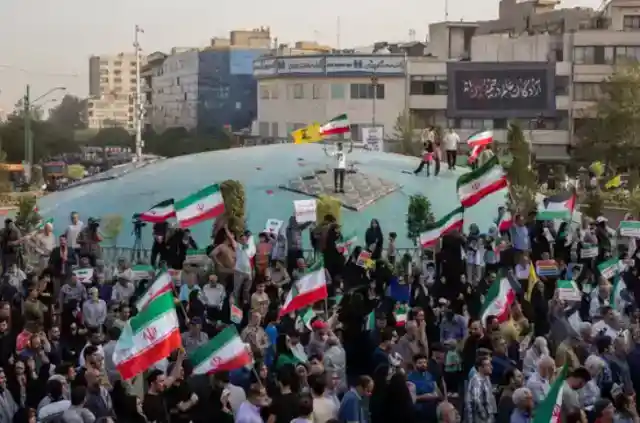
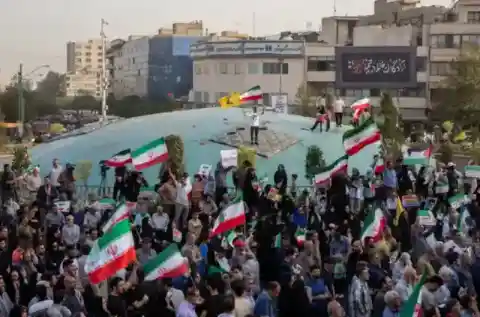
From its ancient cities to the dynamic energy of its youth, this nation is bursting with layers. It defies simplification. And now, you know it better than ever before.